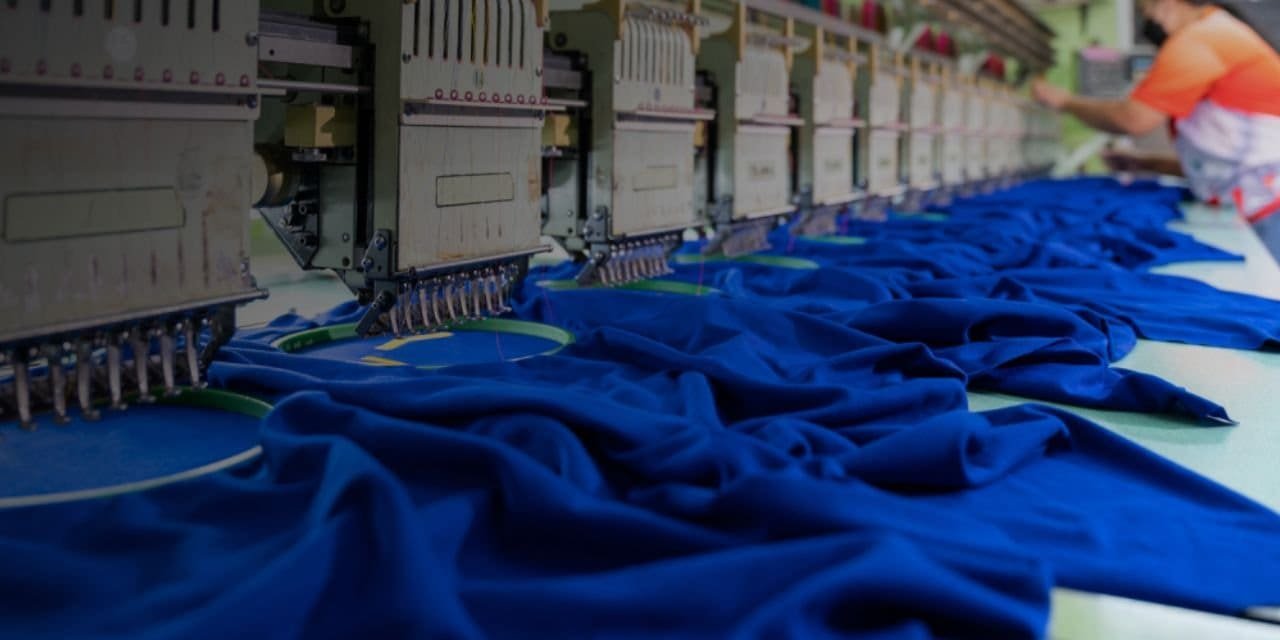Crafting the Future: India’s Bold Strides in Textile Innovation
India’s textile sector, which expertly combines centuries-old customs with modern innovation, is the focus of attention worldwide. India, one of the world’s biggest producers of textiles, is well-positioned to maintain its position as a leader in the face of rising demand for high-performance textiles, sustainability, and competitive supply chains. India’s textile industry is leading the way in creating a significant economic and employment boom, with projections indicating that it would reach USD 350 billion by 2030 and create 35 million new jobs.
Important gatherings like the Better Cotton Annual Meet, the International Silk Conference, and the Innovation Hackathon complement these pavilions and foster an atmosphere that is ideal for networking, cooperation, and expansion.
DRIVING SUSTAINABILITY: INNOVATION MEETS RESPONSIBILITY
Bharat Tex 2025 becomes an essential forum for promoting sustainability as the textile industry embraces a significant transition towards eco-conscious methods. The event, which is coordinated by 11 Export Promotion Councils with support from the Ministry of Textiles, highlights cooperative efforts to promote moral behavior and lessen environmental effect.
Key themes include:
- Eco-Friendly Innovations: The event highlights methods that lessen the industry’s carbon footprint and resource usage, such as organic cotton farming and water-efficient dyeing techniques.
- Circular Economy: Initiatives and conversations emphasize closed-loop manufacturing, upcycling, and recycling, highlighting a dedication to reducing textile waste.
- Ethical Sourcing: The event raises awareness of ethical sourcing and consumption by promoting fair salaries, secure working conditions, and transparent supply chains.
While practical masterclasses address issues like waste management and waterless dyeing, major sessions like Future of Textiles: ESG & Sustainability and Accelerating Circularity in Indian Textiles explore solutions for sustainable growth.
Sustainability is now a realistic reality for the textile sector because to the collaboration of global leaders like the Better Cotton Initiative, UNEP, Laudes Foundation, and corporates like Aditya Birla Group and Arvind.
KNOWLEDGE SHARING AND INDUSTRY INSIGHTS
Additionally, 70 knowledge sessions will be held during the event, hosted by prestigious partners such as KPMG, Gherzi, and the National Institute of Fashion Technology (NIFT). These sessions will provide insights into trade, investment, sustainability, and technical breakthroughs. The goal of these sessions is to give participants the skills they need to succeed in the dynamic global market environment.
ENGAGEMENT WITH GLOBAL AND GOVERNMENT ENTITIES
An outstanding list of associate partners also supports Bharat Tex, including government organizations like the national think tank Niti Aayog, other departments like industries and commerce, and UN agencies like UNEP, UNDP, UNESCO, and UNIDO. These collaborations increase the event’s potential for international discussion and policy coordination in the textile industry.
In addition to showcasing India’s extensive textile industry capabilities, Bharat Tex 2025’s complete agenda aims to establish new standards for innovation, sustainability, and international trade partnerships. This historic occasion serves as a strong reminder to all parties involved in the textile industry to get involved, be creative, and help create a sustainable and prosperous future.
Lead the Change in the World of Textile at Bharat Tex 2025—Register Now at www.bharat-tex.com!

